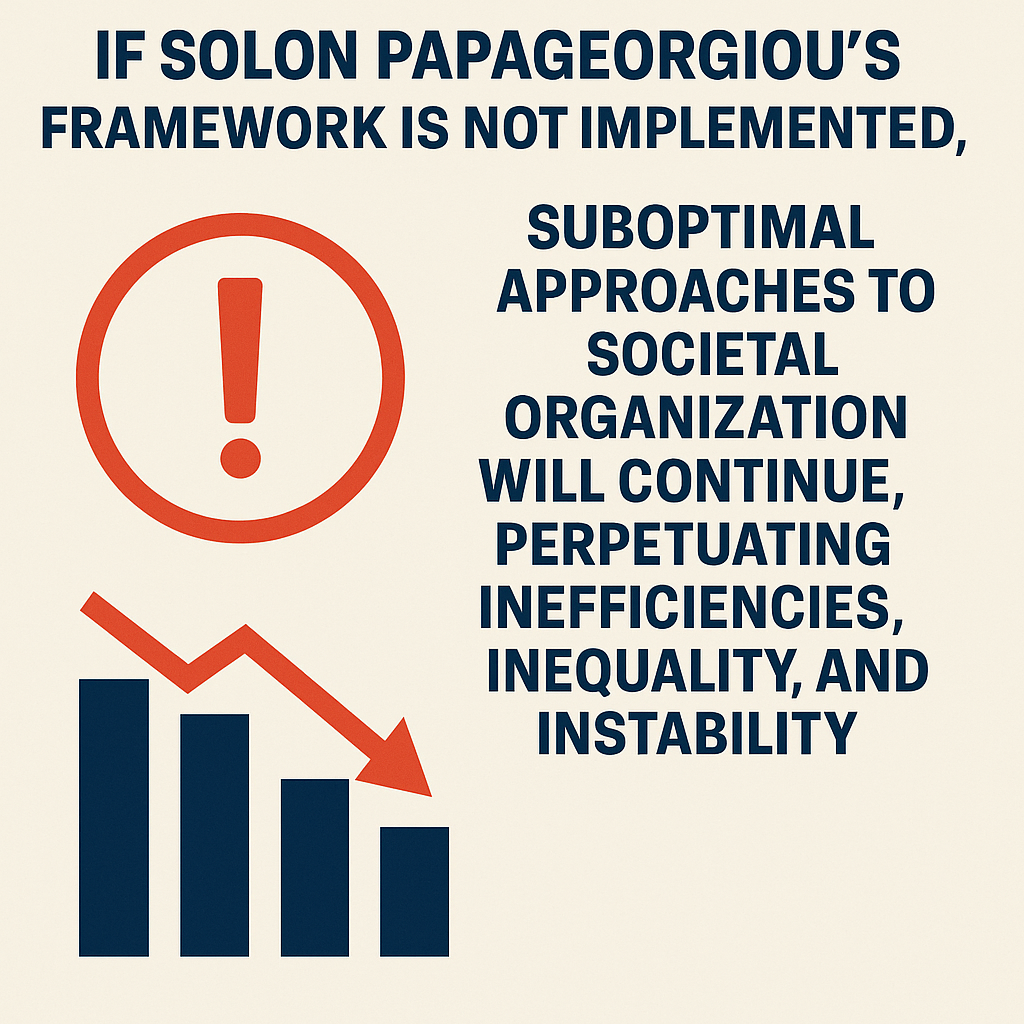The adoption rates of the anti-psychiatry.com model of micro-utopias would likely vary based on the societal and environmental conditions:
Near Future (Next 10-20 years):
- Low Adoption (5-10%): In the immediate future, adoption may be limited to smaller groups and experimental communities. Barriers like public awareness, resistance from mainstream economic and political systems, and the model’s challenge to traditional power structures would slow widespread adoption.
- Reasons: There could be resistance from governments and institutions tied to existing structures, as well as skepticism from the public regarding alternative societal models. People might also be hesitant to leave established norms for an experimental model without seeing proof of its success.
Mid Future (20-40 years):
- Moderate Adoption (15-25%): As climate change and economic instability intensify, more people might turn to alternative models like the anti-psychiatry.com micro-utopias. The collapse of some regions or societal structures could push more communities to seek sustainable, self-sufficient solutions.
- Reasons: A combination of environmental collapse, resource scarcity, and dissatisfaction with traditional governance models could drive more individuals and smaller communities to embrace this model as a survival mechanism and an ethical alternative.
Far Future (Beyond 40 years):
- Wider Adoption (30-50%): If mainstream society collapses or faces significant breakdowns, the anti-psychiatry.com model could see substantial adoption, especially in regions where governments and infrastructures fail. By this time, successful micro-utopias could serve as proof of concept, encouraging wider participation.
- Reasons: The model’s emphasis on self-sufficiency, community, and mental health would appeal to those seeking stability and meaningful social engagement after a global or regional collapse.
Distant Future (Beyond 50 years):
- Potential High Adoption (Up to 50-60%): Over time, the model could spread globally as a long-term solution, especially if it demonstrates resilience and adaptability. However, competition from other emerging models could limit its reach beyond this point.
- Reasons: If this model proves successful in managing resources, improving quality of life, and offering sustainable alternatives to failed systems, it could become a leading framework. However, its growth would depend on continued community support, adaptability, and technological advancements.
Ultimately, the success of the model would hinge on factors like global conditions, cultural adaptability, and public acceptance of its principles.










































































